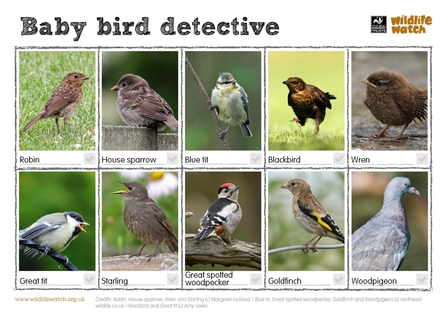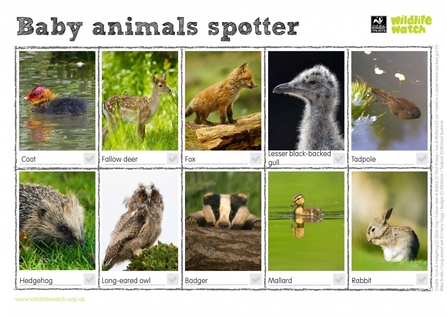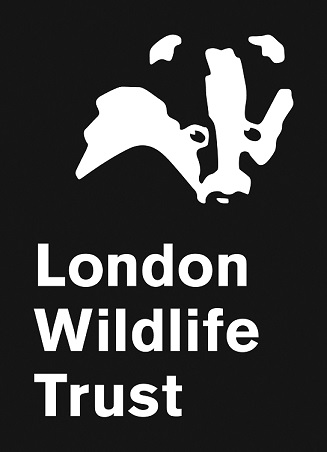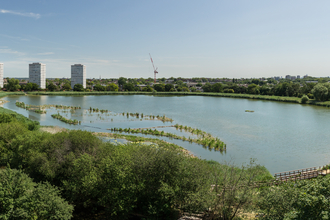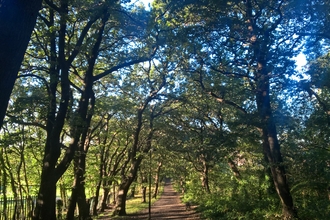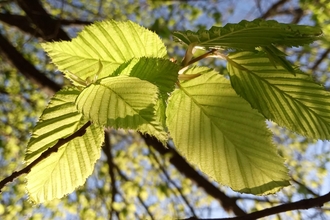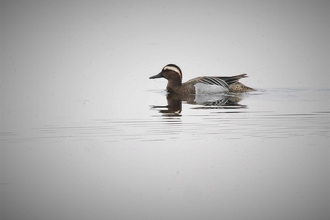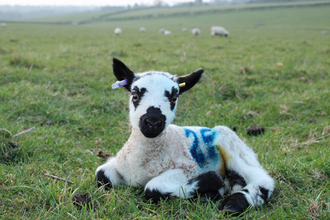
Image: Matthew Rich
Spring is a time of change, bringing warmer weather and more sunlight, triggering behavioural changes in the wildlife around us, including the time when new arrivals are born, hatched, and reared.
New plant growth in spring means more food for our wildlife - it's a time of plenty, perfect for animals to reproduce and rear their young. Many mammals mate in the autumn and maintain their generally longer pregnancies throughout the winter before giving birth in the spring. An increase in insect populations and vegetation provides extra energy that female birds need to develop eggs and hatch their chicks.
Nesting behaviour
Over the spring months you might spot your local birds travelling with their beaks full. Mud, moss, twigs and scraps of wool and fluff - all material that will go towards the build of a nest. Birds are some of nature's best builders and engineers, and each species has a distinct style of nest to provide the best shelter for its precious clutch of eggs. Sometimes it doesn't take much but camouflage, other species construct elaborate cups, domes or woven grasses.
Lambing season
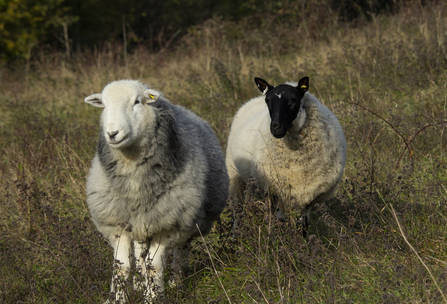
Sheep at Saltbox Hill, SSSI
While they may not be classed as wildlife, the sheep and cattle you can see on some of our grassland reserves such as Hutchinson's Bank and Huckerby's Meadows perform an important role in conservation management.
We work with Downlands Grazing who provide sheep and cattle for the reserves on which conservation grazing takes place. Grazing reduces the height of the sward, and breaks it up, creating new seeding opportunities for lower growing plants, which, over time will increase the species mix. Meadows have undergone an over 90 per cent decline since the 1920s, with lowland meadow being particularly hard hit. In the past, countryside like this would have been grazed in traditional farming practices.
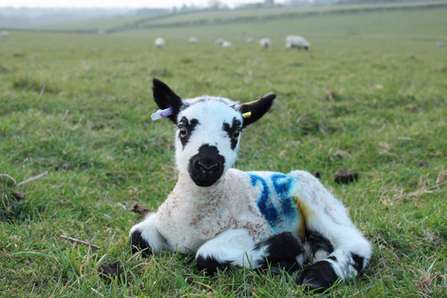
Newborn Beluh speckled-face lamb © Sean Grufferty
Shepherdess Emma Pooley from Downlands Partnership takes us through the trials, tribulations and joys of springtime lambing in a special blog.
Did you know?
In Britain, sheep are seasonal breeders, which means that the ratio of day to night (the photoperiod) affects when breeding will occur. When the days get shorter in the autumn, sufficient melatonin is produced to initiate the start of breeding cycles in female sheep (ewes).
When grazing, cattle curl their tongue around the sward and pull it out, creating tussocks of differing heights and structures. This creates the ideal habitat for small mammals and insects. Ponies are selective about what they eat, resulting in some taller vegetation, while sheep create a finer, flat habitat, but both ponies and sheep graze by nibbling!
Activities and spotter sheets
